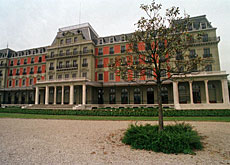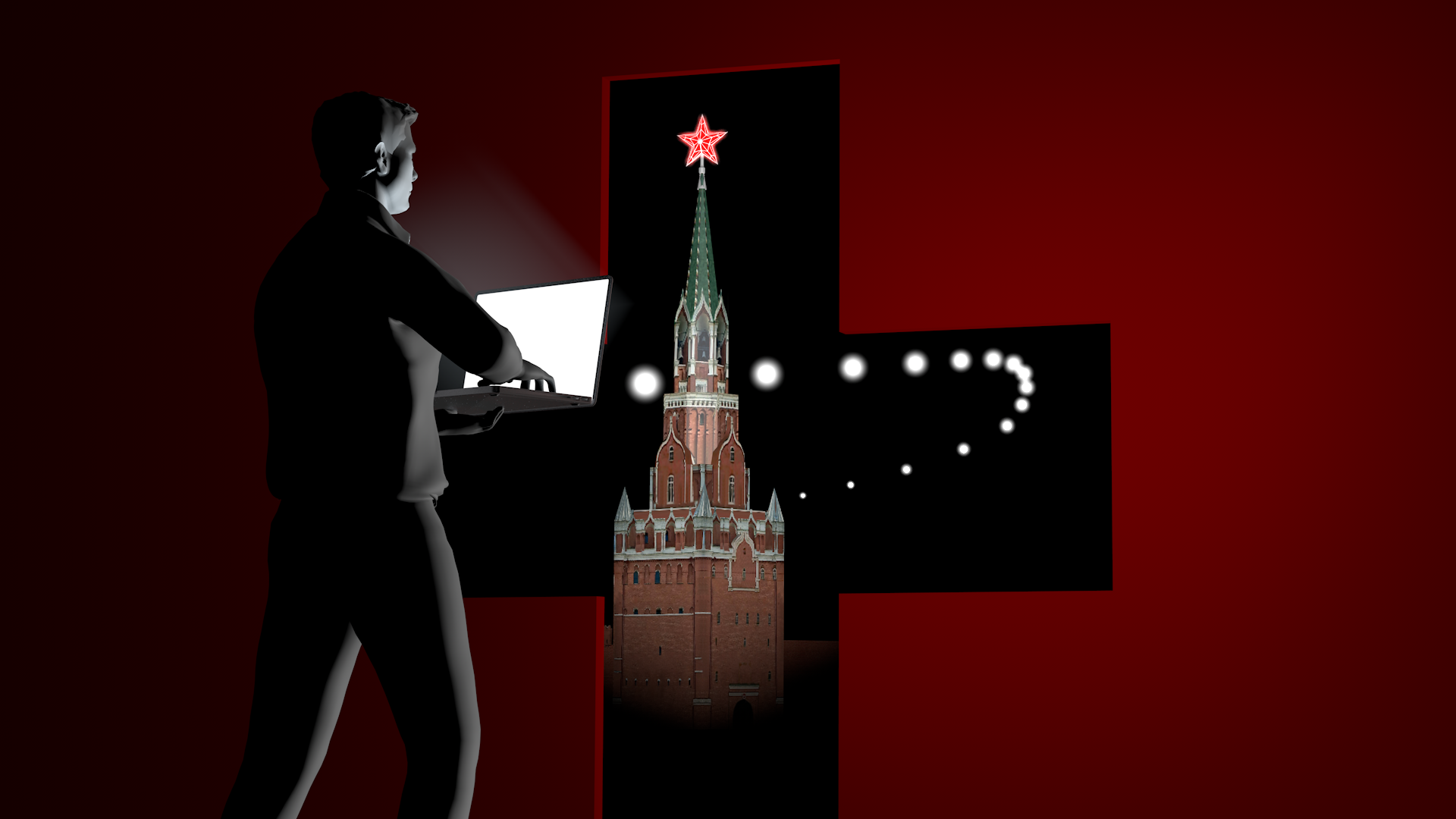Human Rights Council grew from swiss roots

Despite opposition from Washington, the United Nations created a new Human Rights Council in March 2006 – the result of a Swiss initiative.
The successor to the discredited Human Rights Commission, the body will reinforce Geneva as the centre for human rights and humanitarian law.
During its 60 years of existence, the now defunct commission attracted more than its fair share of criticism. On the plus side it drew up the Universal Declaration of Human Rights and served as a platform for states and non-governmental organisations. But its overall record was somewhat poor.
Much of the blame lay with its status. The commission was only an organ of the UN’s Economic and Social Council, which picked the 53 members on a rotation basis. A commitment to respecting human rights was not a prerequisite of membership.
The result was that a number of countries with poor human rights records were able to stifle criticism of themselves and their allies. The
presence on the commission of countries including China, Nepal, Sudan, Russia and the United States attracted increasing condemnation from NGOs.
Swiss plan
The growing criticism did not go unnoticed by Swiss Foreign Minister Micheline Calmy-Rey, who shortly after taking office, appealed for reform during a speech before the commission in March 2003. She asked Swiss human rights expert Walter Kälin to come up with a plan.
The Bern University professor is a renowned expert on humanitarian and international law who served from 1991-1992 as the UN’s special rapporteur on human rights in Iraqi-occupied Kuwait.
Ten years later he became a member of the UN Human Rights Committee, before being appointed UN Secretary-General Kofi Annan’s representative on the human rights of internally displaced persons in 2004.
In March 2004 Calmy-Rey again called for reform of the commission. Kälin meanwhile fine-tuned his blueprint for a Human Rights Council, which was submitted to Annan in the autumn.
The timing couldn’t have been better: approaching the end of his mandate, the UN secretary-general was putting in motion a vast reform programme for the world body.
Annan officially adopted the idea on March 21, 2005, and in September
the same year the final declaration of the UN World Summit in New York called for the creation of a Human Rights Council “as soon as possible”.
Jan Eliasson, the president of the UN General Assembly, then had to negotiate a deal with member states on its mandate and composition. Switzerland seconded human rights expert Rachel Groux to assist Eliasson.
Opposition
But the project soon ran into opposition and despite marathon diplomatic efforts, there was no agreement before the Christmas break.
There was disagreement on the size
of the council, how to elect members and how often the council should sit. Chief among the opponents was the United States, which sought to create a sort of “good boys’ club”.
Negotiations resumed in early 2006, with a great deal of diplomacy taking place behind the scenes and involving Eliasson, European diplomats as well as Peter Maurer, Swiss ambassador to the UN in New York.
A vote calling for the adoption of the council was held at the UN General Assembly on March 15. Only the US, Israel, Palau and the Marshall Islands voted “no”; Belarus, Iran and Venezuela abstained.
The new body answers directly to the General Assembly, which elects the 47 members by an absolute majority. Each member has to submit itself to periodic reviews of its human rights record.
The council will meet at least three times a year, with the possibility of calling emergency sessions. The General Assembly can also suspend council members found guilty of gross human rights violations.
Acceptable compromise
In Bern, the outcome was greeted as a huge success. Calmy-Rey said she would have preferred the US to have been on board but was reassured by Washington’s insistence that it would work with the council.
As for Kälin, even though the final result was not everything he had wished for, it was still an “acceptable compromise”. NGOs are waiting to see whether the council lives up to all the hype.
swissinfo, Marc-André Miserez
The new Human Rights Council is the most senior UN body based in Geneva.
Birthplace of the League of Nations, the UN’s predecessor, Geneva is now the world body’s second home after New York.
The United Nations Office at Geneva (UNOG) hosts more international conferences than New York and is the world hub for multilateral diplomacy.
Seven UN agencies are based in Geneva: the UN refugee agency, the Office of the UN High Commissioner for Human Rights, the World Health Organization, the World Intellectual Property Organization, the International Labour Organization, the World Meteorological Organization and the International Telecommunication Union.
Switzerland may have been the initiator of the Human Rights Council but its record is far from perfect.
Five years after a national human rights body was proposed in parliament, such an organ has yet to see the light of day.
Amnesty International has taken the Swiss to task in recent years over the way it treats asylum seekers.
The UN refugee agency has said it is “seriously concerned” by the tightening of the asylum law, approved by parliament in September 2005.

In compliance with the JTI standards
More: SWI swissinfo.ch certified by the Journalism Trust Initiative









You can find an overview of ongoing debates with our journalists here . Please join us!
If you want to start a conversation about a topic raised in this article or want to report factual errors, email us at english@swissinfo.ch.